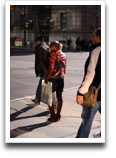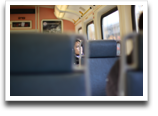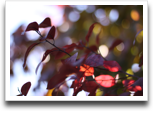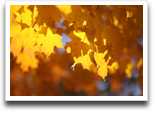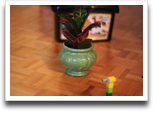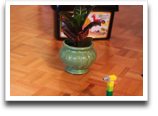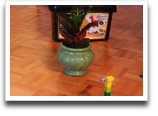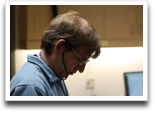Yesterday, one of my colleagues came in with a
Henrys flyer which had a promotion where the purchase of any 50D body or body and lens kit would get a Canon camera bag, a grip and an extra battery. So this afternoon, I called the Toronto store to confirm they had one in stock and I picked one up just after 5PM along with the 50mm f/1.4 USM lens; my boss and my colleague walked down to the store with me. During check-out, when the salesperson asked if I wanted a UV filter, I turned to my boss quizically and he nodded and suggested I get one— it's $50 protection for the $420 lens from poking fingers of young children. As I was paying, the salesperson asked if I was a student (I had earlier said that I was calling from Ryerson when he had asked if I wanted him to hold the camera for me); Ryerson has a popular photography program.
After I got back, I cleared my work counter and while the battery was charging, I read through the manual. After the battery charged (100 minutes to full charge), I had to call my colleague over for help with attaching the neck-strap, as the single diagram showing the procedure was rather cryptic. Fortunately, he is experienced in this, as his wife has a Canon Rebel (film). Next, I tried to open the battery compartment and I gave-up, as I turned to the manual; he calmly reached over, opened it and inserted the battery. I took the 1GB CF card out of my S60 and inserted it into the camera and powered it up. I took a couple of shots and I was quite impressed with the bokeh (photos will be uploaded later). The view-screen is HUGE and AMAZING; it seems to have some sort of optical coating where the oil from one's face that rubs-off on the screen, does not seem to distort the image being viewed.
We had a difficult time configuring the inside of the camera bag using the velcro partitions, to hold the camera. More on this later.
The true test of this camera's capabilities will be in low-light. I tried taking some in my darkened apartment and it had trouble focusing on the far door; it instead kept focusing on a near-wall (I tried manually focusing but the results were blurry; I haven't figured out how to tell it to focus on something else.)
It's easy to take great shots in good light with this camera (in full auto mode). I am now thinking of going professional, hiring an extremely pretty female assistant (interested parties please include a recent photograph with your résumé) to walk around and take readings with a light-meter. Since Toronto Fashion Week starts next week, I wonder where I can get credentials to be able to photograph the models.
Time to watch Blowup again.
Update Thu Oct 16 23:16:43 2008: David suggested getting a
Gorillapod.
